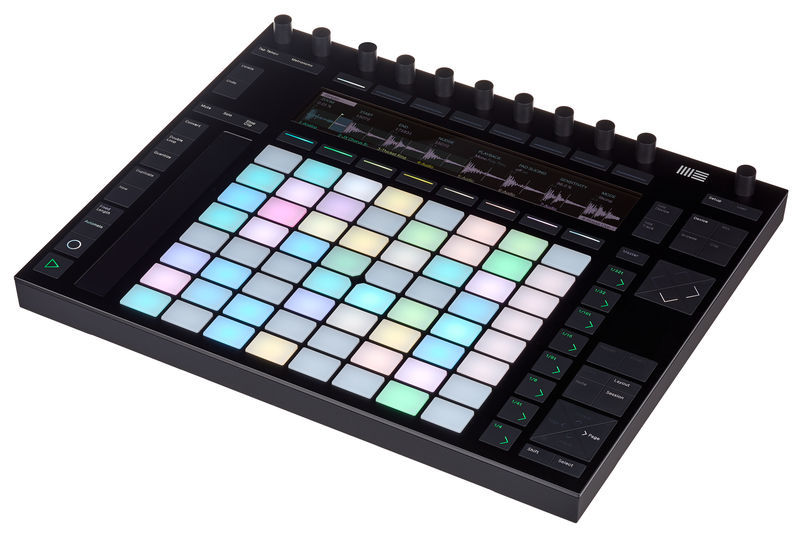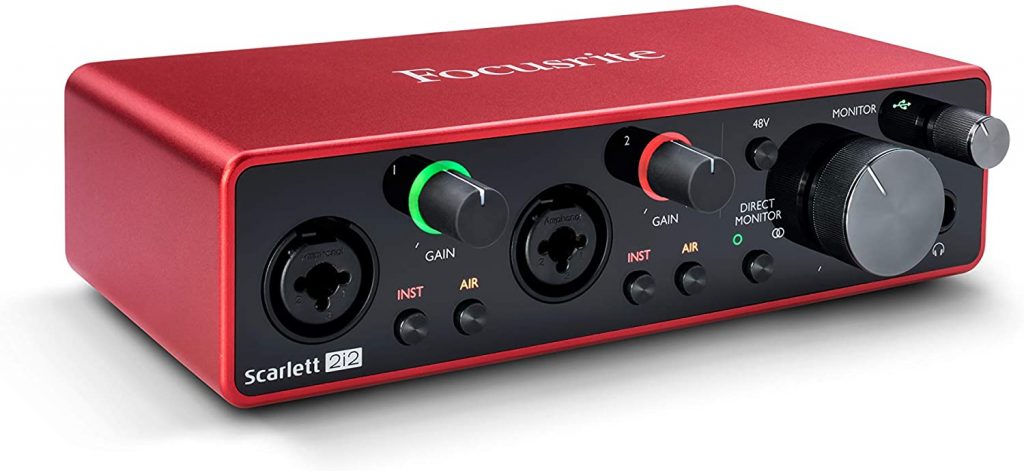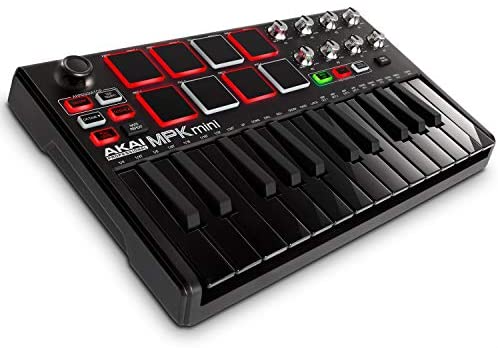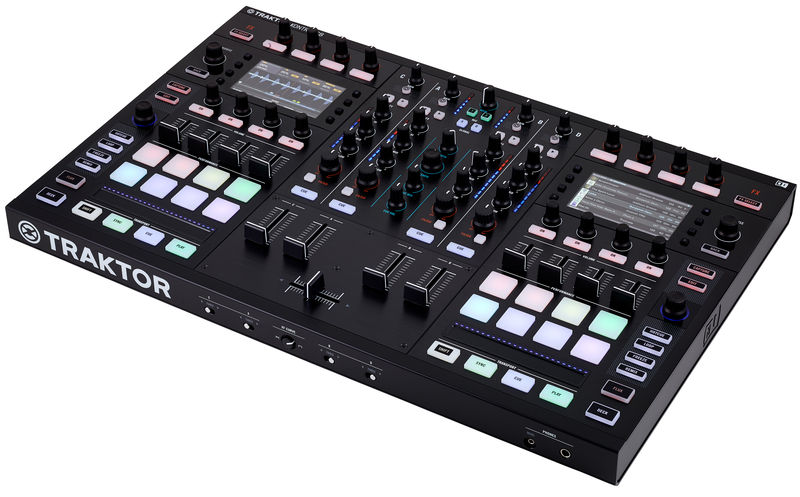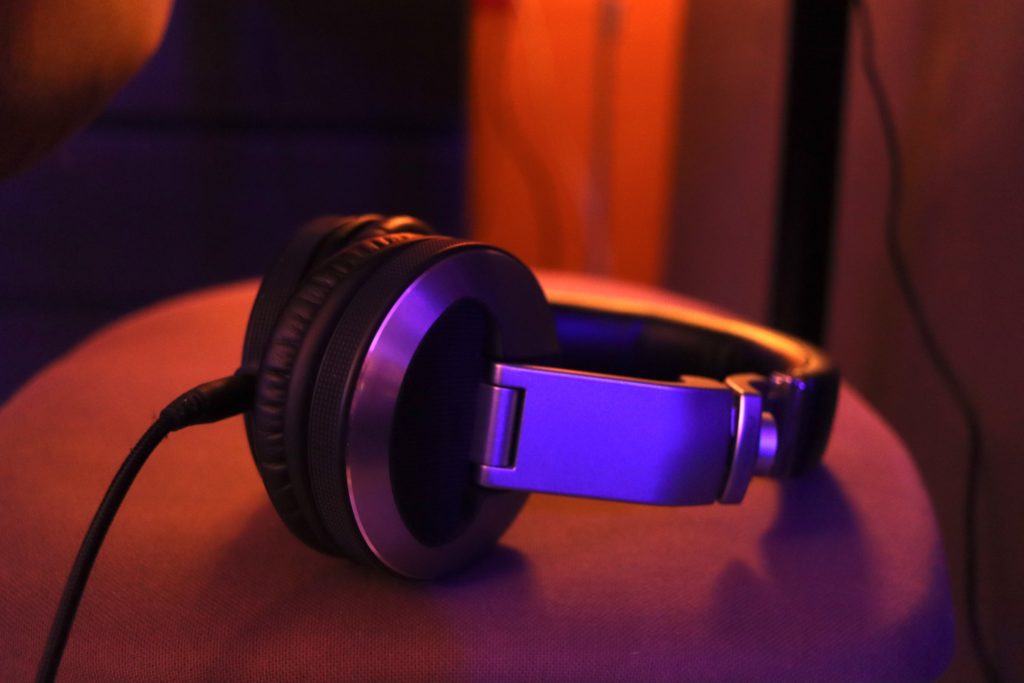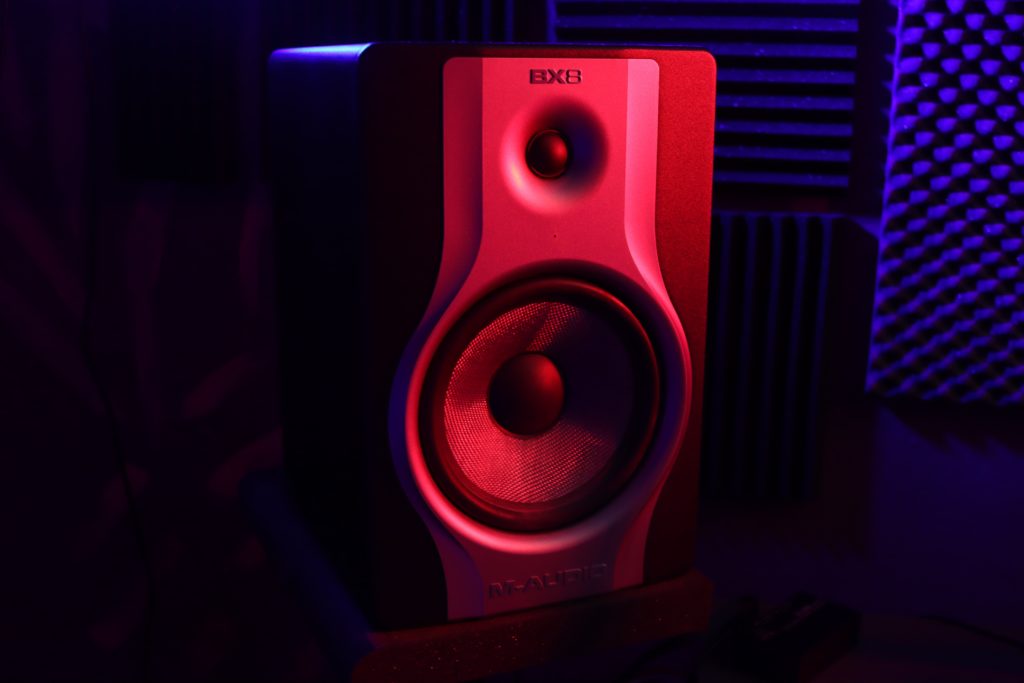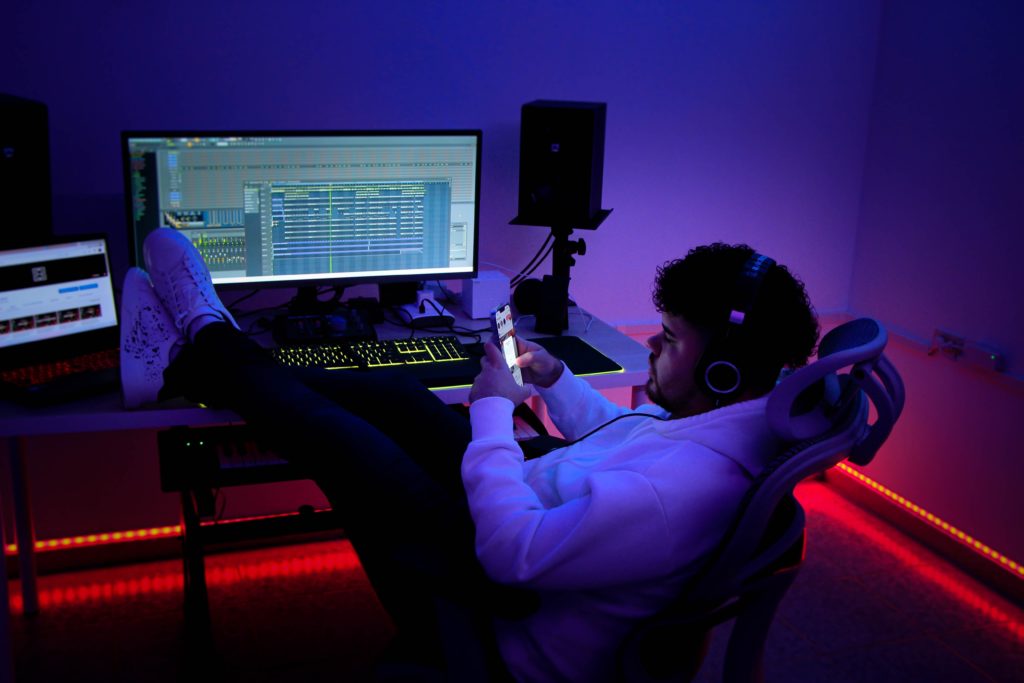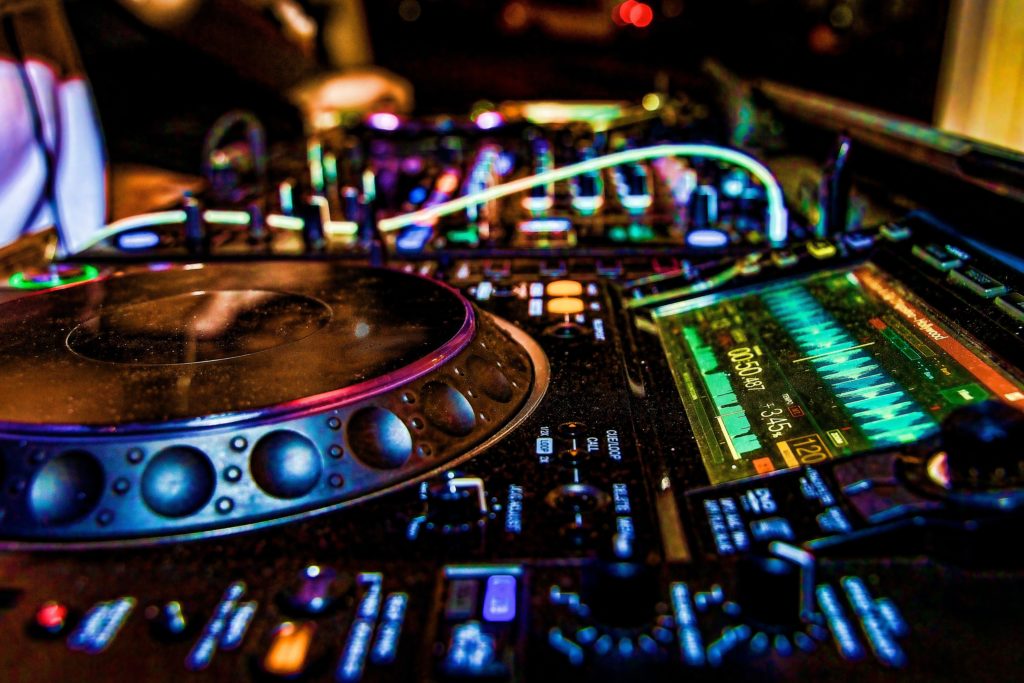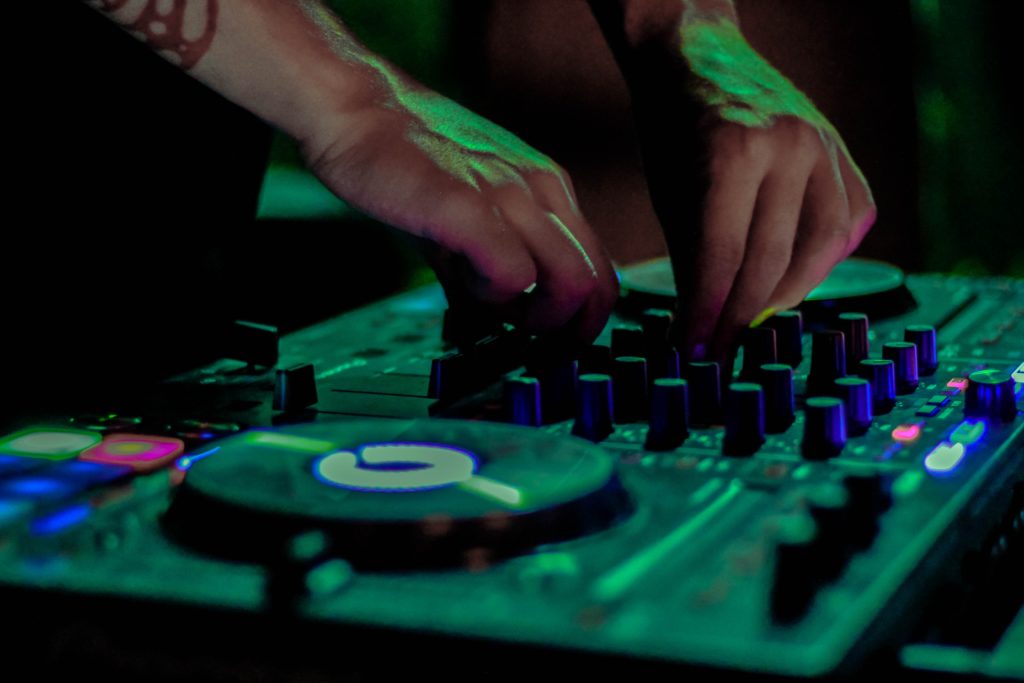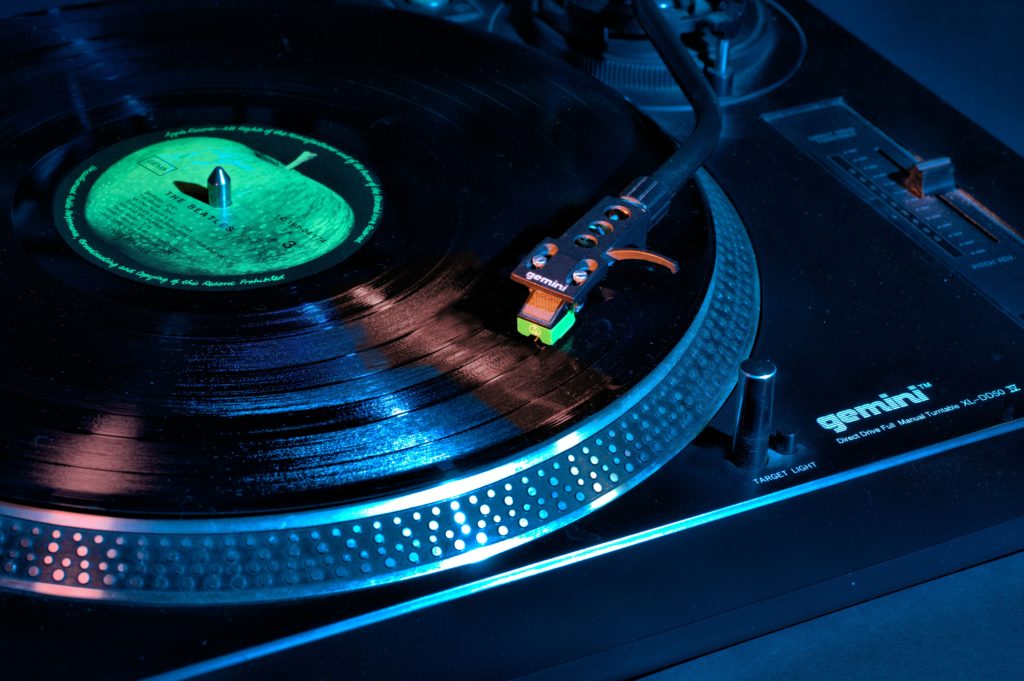When you want to up the ante of music production and DJing, what better way to give the crowd something to latch onto and remember than a live set? Make some room in your setup, as these must-have bits of gear will give you everything you need to create the sickest live composition and DJ mixes on stage.
Ableton Push 2
A solid Digital Audio Workstation is always the first priority when it comes to bringing a superb live set. Of course, there are plenty of reputable DAWs that make great production and sequencing companions, but in our eyes, Ableton always brings the best goods, even when it comes to hardware.
Four years after NI’s Maschine came in — with the line now upgraded to its big brother Maschine+ — Push was introduced to bring an interface packed with potential and features that can be used to spice up your sounds. Now they are in the process of unleashing the next model; a giant 8×8 grid of velocity-sensitive and pressure-sensitive pads that works effortlessly with Ableton’s built-in components. It also works seamlessly with the highly-acclaimed operator synth and you don’t need to be looking at your screen constantly to control it. Despite the aluminum shell, the entire unit is lightweight and fits in most backpacks no problem.
Pros
- Feels much sturdier and better made than its former Push 1 predecessor.
- Comes with a convert button to slice and dice your sounds without limits.
- Visually nice to look at with colorful controls and buttons.
Cons
- Can’t use older versions of Windows, only 7 (with SP 1), 8, or 10.
- Only comes with a one year warranty with limits to what this covers.
- A bit on the expensive side.
Why We Like It: If you want a simple controller with an unlimited workflow and the capacity for flawless mixing, this is definitely an instrument worth adopting in your live sets.
Scarlett Focusrite 2i4
The main concerns about using an audio interface in a live set is latency issues and whether it features the right (and enough) outputs to manage all of your gear. The good news is that if you invest in a quality soundcard such as the ones in the Focusrite range, you’re unlikely to run into either of these issues.
While the Scarlett 2i2 is a much-loved favorite of ours, it may not be suitable if you’re planning to hook up several pieces of hardware and instruments at once. Fortunately, the Scarlett range has got something for every occasion and the 2i4 2nd Gen is the next best option if you’re after a plug and play solution. It comes with almost zero latency and also has the added benefit of a dedicated stereo mix output for your headphones. Just plug in your synth and mic or a guitar and use your DAW as the effects box to polish sounds.
Pros
- Ridiculously low latency
- Solidly built and features 2 in/2-4-out to manage all your hardware.
- Bus-powered with no driver install or system downloads required.
- Comes with a bunch of great plugins plus Pro Tools and Ableton Live Lite
Cons
- Only good for four outputs
- Smaller and slightly heavier than the 2i2
Why We Like It: For the price and efficiency, you can’t go wrong with the Scarlett 2i4. It’s ideal if you want to get your output levels sounding precise during a live performance. These can all be quickly and easily tweaked with minimal effort compared to most audio interfaces.
Akai Professional MPK Mini-MKII
If there’s one essential that should be included in any live setup, it’s got to be a MIDI controller or keyboard. A MIDI controller is probably more suitable because you can mess around with all the pad features and manipulate the sounds as you go.
There are a ton of great MIDI keyboard controllers on the market, but the Akai Mini MKII is one that’s always proved its worth and capabilities. You get 16 assignable drum pads spread over 2 banks, both of which are illuminated with pressure and velocity sensitivity. The 25 slim synth action keys are also pressure-sensitive. There are multiple push-to-click knobs and a built-in arpeggiator that can be adjusted to your liking, plus 4-way pitch and modulation controls to add some whacky curves to your notes.
Pros
- Big software bundle included.
- Good for PC and Mac users, as well as beginners and professionals.
- Highly flexible, lightweight and great for transporting to gigs.
- No extra cables needed, just plug straight into the USB port on your comp.
Cons
- Initial software setup can be a bit complicated.
- Slight lack of aftertouch on the pad and keys (settings will need adjusting).
Why We Like It: The Akai MiniLab offers an incomparable amount of control even against the highest-ranked controllers. It’s also incredibly cheap, looks fantastic, and packs all the cool effects, bells, whistles and tools that you could ever need to make soul-provoking live performances and compositions.
Traktor Kontrol S8
The long-standing legendary Carl Cox has been using the Traktor S8 in his live sets for some time now, and not just because of the controller’s lavish design either. If you’re a DJ that’s already accustomed to the S product range, the S8 is one of the best DJ controllers that will blow your mind when it comes to live mixing. Here’s why:
The S8 gives you full flexibility with a range of intuitive controls and features. It’s a unit that’s been built specifically with performances in mind, primarily because there are no job wheels — just dozens of knobs, faders, and pads to get crazy with. Touchstrips take the place of the jogwheels, which give you the ability to scratch and jump to any part of the track with Seek Mode. This also makes the S8 suitable for turntablists as you can pair your platters with the built-in DVS support and range of I/O connections at the back. There are 64 included remix STEM samples that you can freeze and cut up on the fly with any playing track.
- Practically everything in the software is fully adjustable.
- Fully integrated mixer with 4-deck control plus DVS support.
- High-quality build with clear LED dual screens
- STEMS control and amazing channel fader precision
Cons
- Quite expensive considering it’s been around for some time.
- No pitch faders or jog wheels
Why We Like It: The S8 belongs with any DJ who likes to get creative with their mixes during live performances. The individual stem control means you can build up your grooves with single basslines, drums, synths, vocals, and guitars to deliver a one-of-a-kind performance that your crowd will always remember.
Yamaha MG10XU
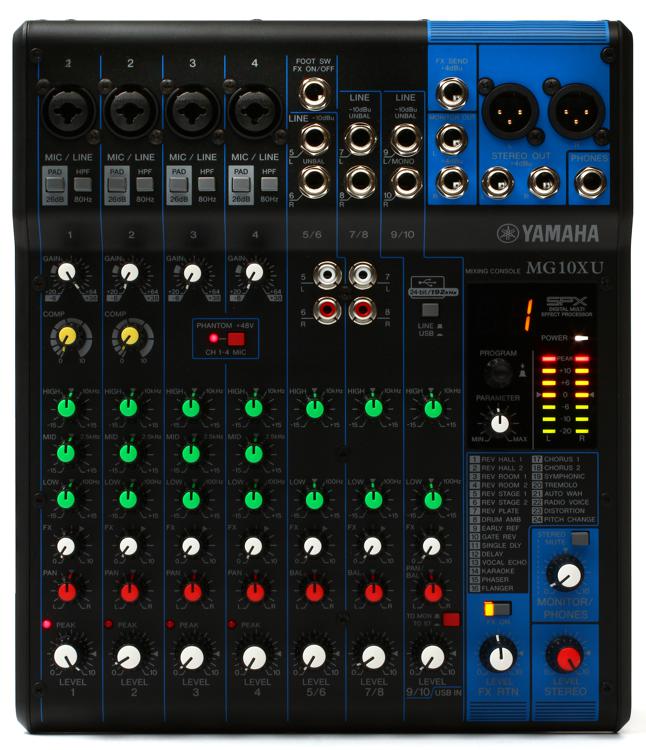
A solid audio interface will suffice for most live DJs, but if you operate multiple bits of gear or you happen to play in a group where you need a lot of outputs and connections — a soundcard might not cut it. That’s where the magic of using a live mixer comes in.
Not only does this inexpensive gear let you EQ an entire room, but it also gives you the power to play with other DJs, composers, vocalists and musicians all at once, with the benefit of being able to record every single minute. The USB-powered MG10UX is perfect if you’re taking your own PA to a gig, and will get you up and running quickly.
You also won’t have to worry about taking any risks when it comes to switching over instruments or other gear — there are plenty of outputs and EQ bands to make sure you stay in a flawless mix. There are I/O connections plus an AUX connection for putting an iPod and phone in place of the decks without needing to take pauses or breaks. The 3 mic outputs can be activated with phantom power. This runs nicely with the built-in compressor that ensures every channel and element of your performance runs in full synergy.
Pros
- Impeccable build quality and great EQ control
- Fantastic for live performances and live streams
- Great selection of FX
- Lush-sounding preamps
Cons
- USB cable not included
- Plastic sides that give it a cheap feel
Why We Like It: For live performers and DJs, the MG10XU is a great-sounding mixer that’s versatile, reliable, and provides all the inputs, connections and FX needed to power your performance. The sheer volume of features you get, coupled with the generous price tag means you simply can’t go wrong.
Other Gear to Consider
Mic – Even if you’re not a vocalist, it never hurts to have a good quality microphone at hand. You can use it to introduce the next tune, engage with your crowd better, or just use it for live sampling and looping. A decent mic doesn’t have to be expensive and will naturally make a great addition to your home studio. We personally recommend the Neumann TLM 102 MT condenser mic for its compact design and multitasking abilities.
Drum Machine – Nothing beats the sound of analogue drums. You can also make some groovy basslines and sequences with a unit like Dave Smith’s Tempest Analogue Drum Machine. It comes preloaded with a huge bank of samples that you can integrate into your live sets for a real organic sound. The flexibility of the interface and wide scope of features make it superb for use in live production.
Turntable – You can quite easily use the vinyl mode on your CDJs or controller to scratch, but it will never sound quite as good as the real thing. That doesn’t mean you need to bring a stack of vinyl to your gig either; you can simply convert your collection into a digital format or just use it as an extra deck to play with in your set. The Audio Technica ATLP1240 USB turntable is a great and reasonably cheap option that works with PC and Mac.
Now You’re Prepared for Anything!
Hopefully, that’s given you some direction when it comes to investing in hardware and equipment for your next live set. There might not be a lot of hope in sight for live gigs anytime soon, but at least when all this Corona business is over — you’ll be able to stand in front of your audience armed and ready to give them an epic and memorable performance.

